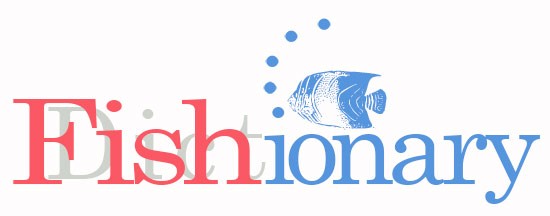BRD
BRD is an acronym for bycatch reduction device. Bycatch is non-target catch within any fishery. For certain fisheries, these modifications to the gear (i.e., BRDs) can help lower the amount of bycatch. For example, a turtle excluder device (TED) is a specific type of BRD designed to help turtles escape trawl nets. Especially in cases where fisheries have bycatch … [Read more…]
